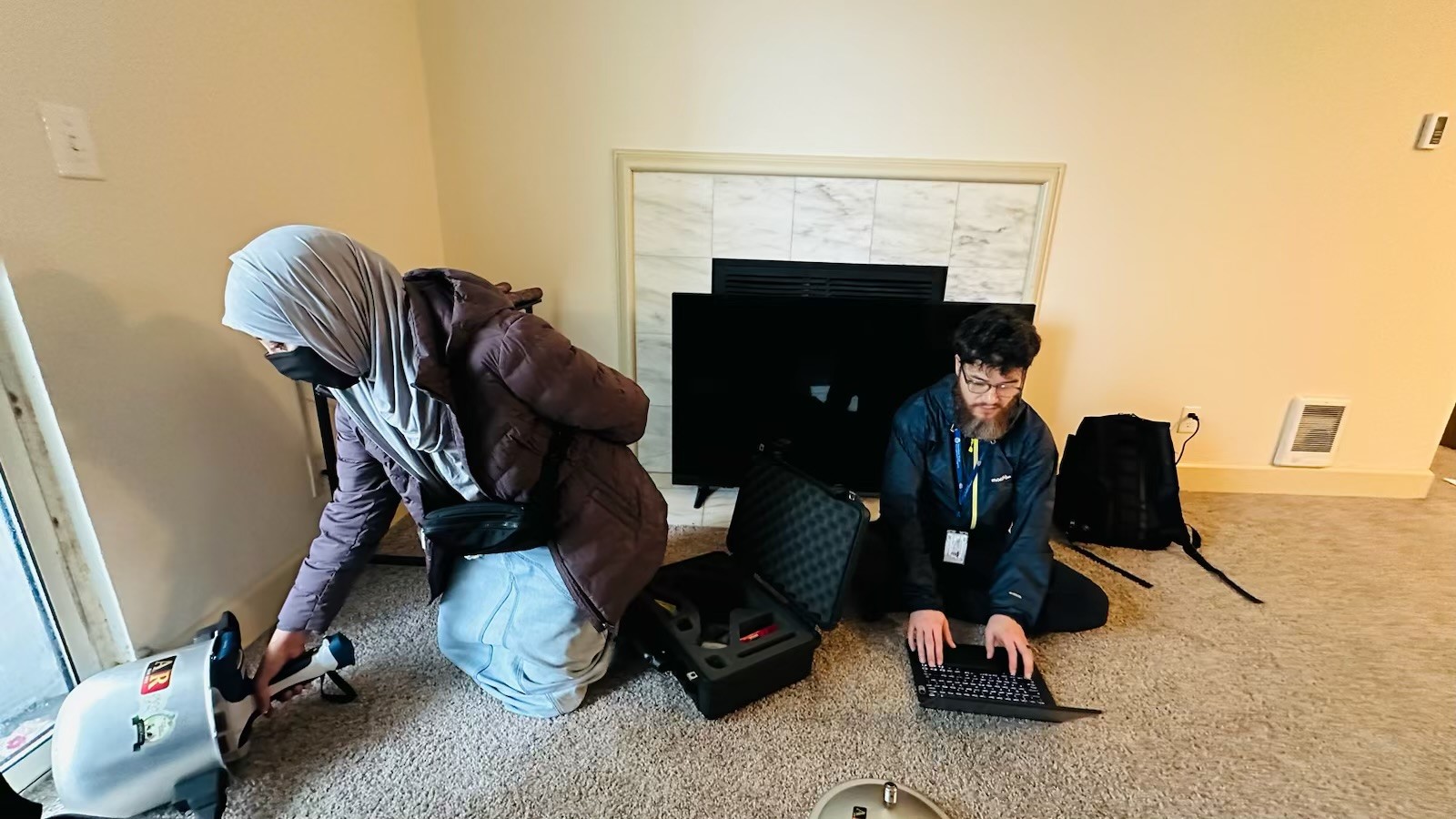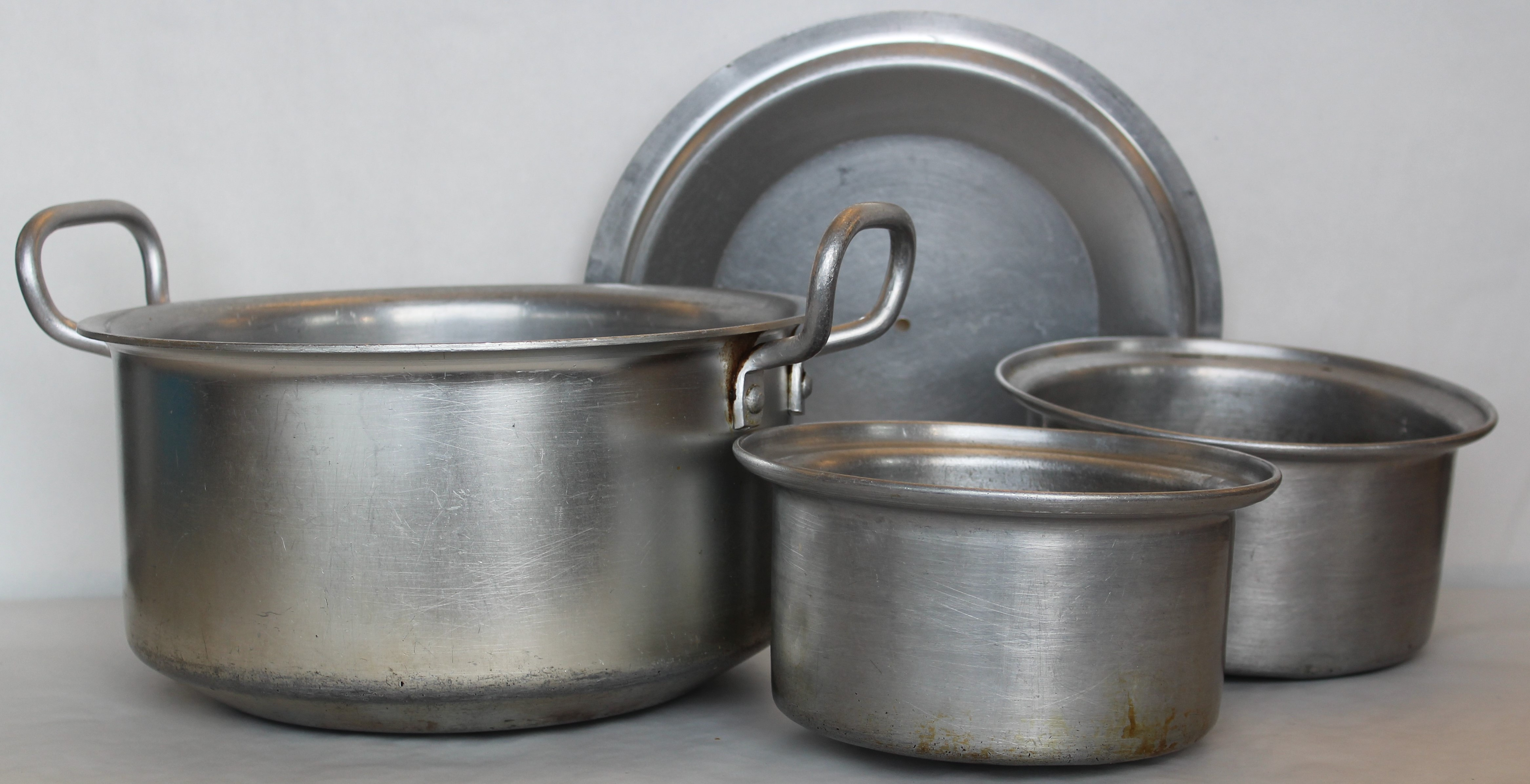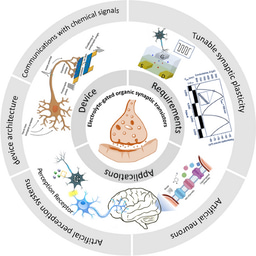Metal Cookware: A Previously Unrecognized Source of Lead Exposure in the United States
Published in Public Health
The prevalence of BLLs in excess of CDC’s BLRV is much higher among newly resettled refugee children in the United States than in U.S. born children. These children may have been exposed to lead in their countries of origin. Once resettled, they may be further exposed to lead from paint in substandard housing, as well as from practices and products that are traditional to their home countries.
In Washington state, our Department of Health found that children resettled from Afghanistan had the highest prevalence of BLLs in excess of CDC’s BLRV of any refugee children (FFY 2016-2020 data). This prompted the Hazardous Waste Management Program in King County, Washington, to investigate the lead sources impacting local Afghan families. During our in-home investigations, we found that many Afghan children were exposed to lead sources that have been identified previously, including glazed dishes, silverware, spices, cosmetics, jewelry, and personal care products. However, our investigators found that aluminum cookware from Afghanistan contained high lead levels and was a previously unrecognized source of lead exposure.

We subsequently expanded our investigations into cookware manufactured in India and elsewhere. We learned that many imported items contain very high lead levels, including those made from aluminum alloys and brass.
Lab study
To gain a better understanding of the issue, we tested 95 cookpots. Some were donated by the Afghan community, and some we purchased from online retailers, including Amazon, Etsy, and eBay. We included stainless steel cookpots to determine whether they would be safer alternatives to aluminum and brass.
We screened the cookpots for lead content using an X-ray Fluorescence (XRF) analyzer and found that many of the aluminum and brass cookpots contained hundreds of parts per million (ppm) of lead, with some components containing tens of thousands of ppm.


We also developed a novel test method, which involved simmering acetic acid in cookware, to measure how much lead could be released from cookpots into food under simulated cooking and food storage conditions.
We found that all aluminum cookpots donated by the Afghan community exceeded the US Food & Drug Administration’s (FDA’s) recommended dietary limits for lead*, as did many aluminum and brass cookpots purchased in the United States. We published our data for cookware that exceeded the FDA’s recommended maximum daily intake levels on our web site. In addition to the Afghan cookware, we found that many aluminum and brass cookpots from India released very high lead levels.
In contrast, none of the stainless steel cookware we tested exceeded the recommended dietary limits.
Interventions
We learned that aluminum is a precious resource in many low- and middle-income countries, and cookpots may be manufactured from scrap aluminum, which may include anything from soda cans, automobile radiators, and electronic parts. This scrap can be contaminated with lead from solder and other sources.
FDA
As soon as we became aware of the potential for significant lead exposures from this cookware, we informed the FDA, who have jurisdiction over the importation and distribution of a wide range of products in the U.S. The FDA then issued an Import Alert for the most common brand of imported Afghan pressure cookers. However, the FDA does not currently regulate the lead content of metal cookware. Consequently, we shared our methodology with them to potentially inform a national standard.
Online retailers
We also informed the largest online retailers of our findings, which ultimately led to the removal of many products from Etsy, Amazon, and eBay. The FDA subsequently provided Amazon with a test method and recommended a lead standard to share with their vendors.
Community
We also engaged with local community-based organizations, who helped educate their communities about lead-containing cookware. This led to the development of a cookware exchange program, where community members were provided stainless steel electric pressure cookers in exchange for their traditional cookware. To date, approximately 200 families have participated in this program. We also developed cooking videos in Dari and Pashto, which show an Afghan woman cooking a traditional meal in an electric pressure cooker.

Global aid organizations
We reached out to global aid organizations to highlight this source of lead exposure. This led to conversations with NGOs in India and elsewhere, where they are now using our data to identify lead exposures in the countries of manufacture.
Washington state legislature
In 2024, the Washington state legislature enacted a new law (HB1551, which restricts the amount of total lead in metal cookware to 5 ppm.

Conclusions
Goods manufactured overseas and imported to the U.S. can contain hazardous levels of lead and potentially other toxic metals and chemicals. Further, the burden of these toxicants is likely significantly greater in the countries where these products are manufactured and used more extensively. Consequently, global efforts are needed to prevent exposure to lead and other toxic chemicals in consumer products.
Resources
- Facts about lead and its human effects - King County, Washington
- Table of cookware that contains lead – our complete data for cookware that exceeds the FDA’s recommended dietary limit for children (PDF).
- FDA says “Cookware that exhibits any level of leachable lead upon testing is prohibited.” (edf.org) – a blog post from the Environmental Defense Fund, describing our work. Includes the letter written by the FDA providing a testing method and limit for lead in metal cookware: https://www.edf.org/sites/default/files/documents/FDA_Letter_to_SWhittaker_Seattle-King%20County_RE%20Test%20method%20for%20cookware_6-1-2023_emailed.pdf (PDF).
- Peer-reviewed paper from May 2022 - Investigating aluminum cookpots as a source of lead exposure in Afghan refugee children resettled in the United States | Journal of Exposure Science & Environmental Epidemiology (nature.com). This paper only includes a few items from India but describes our methods.
- Import Alert 99-45 (fda.gov) - Rashko Baba pressure cookers subject to Detention without Physical Examination (a.k.a. Red List).
- A series of stories that aired on our local TV station about our cookware work:
-
- Dangerous cookware still for sale despite health expert warnings | king5.com
- Amazon removes Afghan pressure cookers after lead concerns | king5.com
- Cookware containing dangerous amounts of lead still being sold online after expert warnings | king5.com
- Lawmakers pass bill to ban sales of cookware contaminated with lead in Washington | king5.com
- ‘A huge win’: Washington becomes first state to regulate lead content in metal cookware | king5.com
- Despite an incoming Washington state law, lead-ridden imported cookware remains for sale | king5.com
-
* We compared our results to the Food & Drug Administration’s (FDA’s) interim reference levels (IRLs) for lead, which are the maximum daily dietary intakes of lead from food. The FDA derived an IRL of 2.2 µg/day for children and 8.8 µg/day for people of childbearing age. See Updated interim reference levels for dietary lead to support FDA’s Closer to Zero action plan - ScienceDirect. We assumed that children and adults would consume 250 ml (1 cup) of food prepared in this cookware per day.
Follow the Topic
-
Journal of Exposure Science & Environmental Epidemiology

This journal aims to be the premier and authoritative source of information on advances in exposure science for professionals in a wide range of environmental and public health disciplines.




Please sign in or register for FREE
If you are a registered user on Research Communities by Springer Nature, please sign in